Lighting Components: Light Fixture Parts Names Explained May 23, 2024 – Posted in: Lighting Information
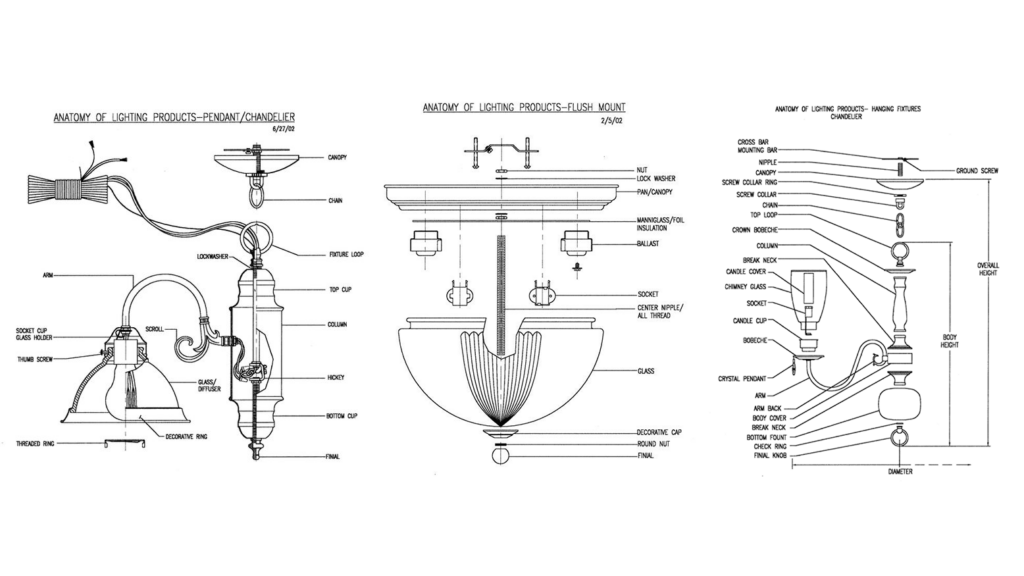
Table of Contents
Key Components of Light Fixtures
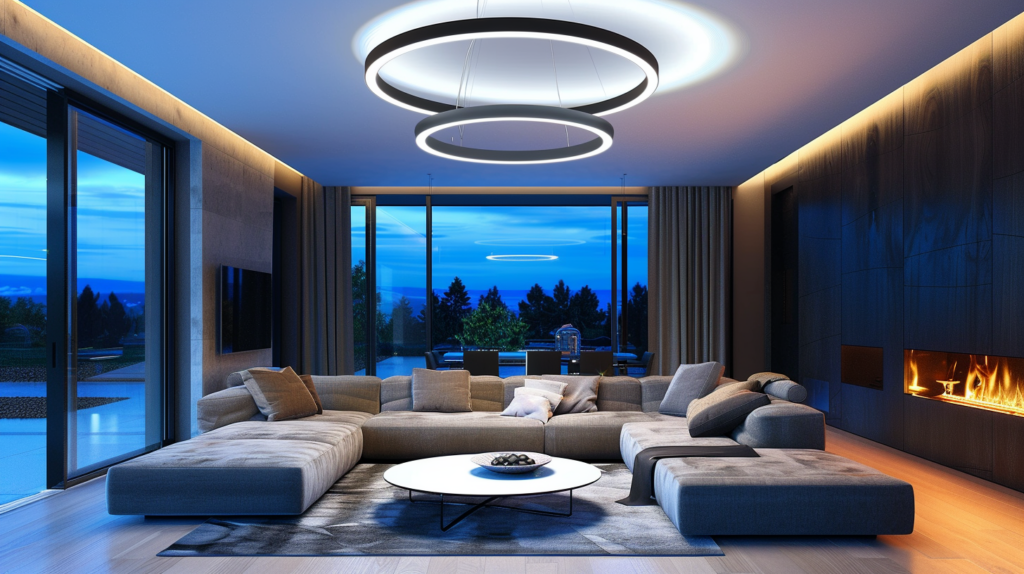
Every light fixture has parts that work together. These include bulbs, sockets, bases, shades, and fittings.
Light Bulb or LED
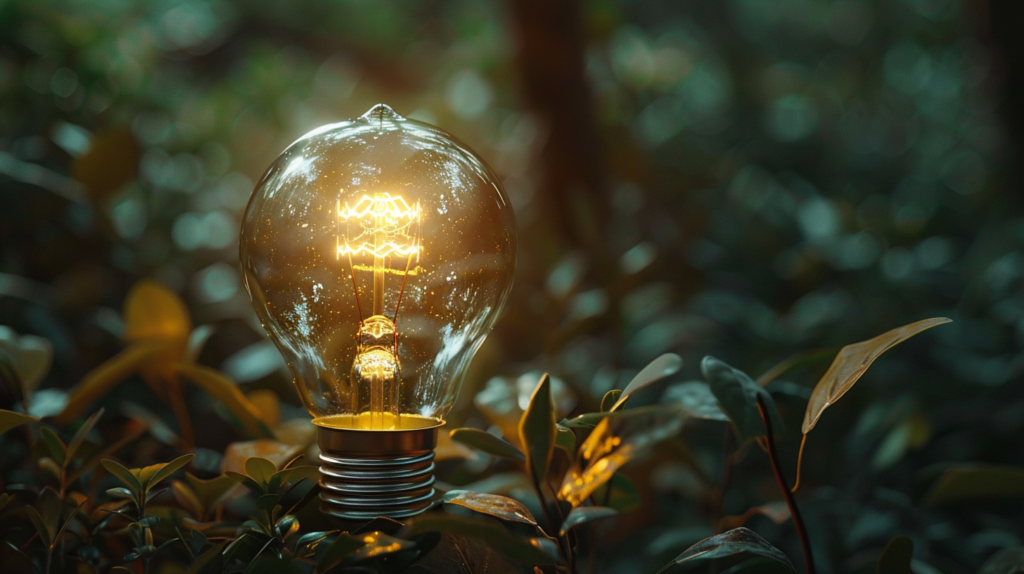
Light bulbs are typically the most important part of a fixture. A light source will have the biggest impact on your environment, whether it’s the brightness, color temperature, or efficiency.
LED lights outshine others in efficiency and longevity.
Some LED fixtures have integrated LED‘s which means they don’t have a regular bulb that you can replace. This means that they may not even have a socket but just mount directly on the fixture. Choosing LEDs allows us to pick from many shapes and sizes, making it easy to fit them into any lamp or fixture at home.
Lamp Holder/Socket
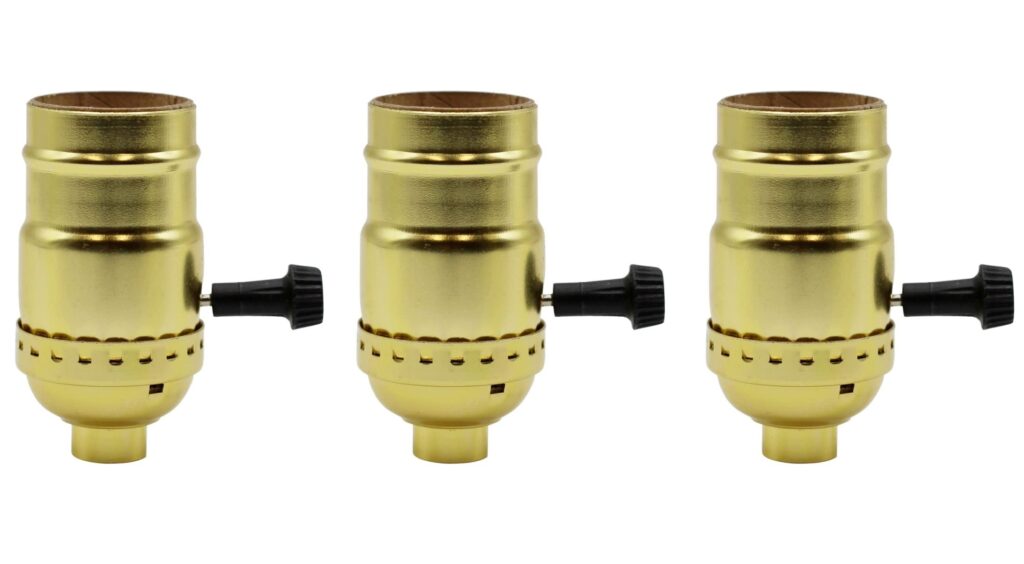
A lamp holder, also called a socket, holds the light bulb in place. It makes sure the bulb gets power so it can light up. These holders are key parts of lamps and ceiling fixtures.
They come in many shapes and sizes to fit different bulbs like LED or compact fluorescent lights.
Choosing the right lamp holder means looking at size, material, and type. For example, some sockets work with simple twist bulbs while others such as G4 sockets fit bulbs using metal pins.
Lamp Base

The lamp base is a fundamental element in lighting design, serving as the foundation that supports the entire fixture. It’s not just about aesthetics; the right lamp base ensures stability and enhances the overall look of your lamp.
When choosing a lamp base, it’s essential to consider both safety and functionality. The base must be sturdy enough to support the fixture, whether it’s a floor lamp, table lamp, or wall-mounted light.
In our hotel projects, we’ve noticed that selecting the appropriate lamp base is crucial. Different styles and weights of lamps require different bases to ensure they stand securely and distribute light effectively. For example, a heavy floor lamp might need a wide, weighted base for stability, while a sleek table lamp might require a more delicate, decorative base.
Shade/Shade Stand
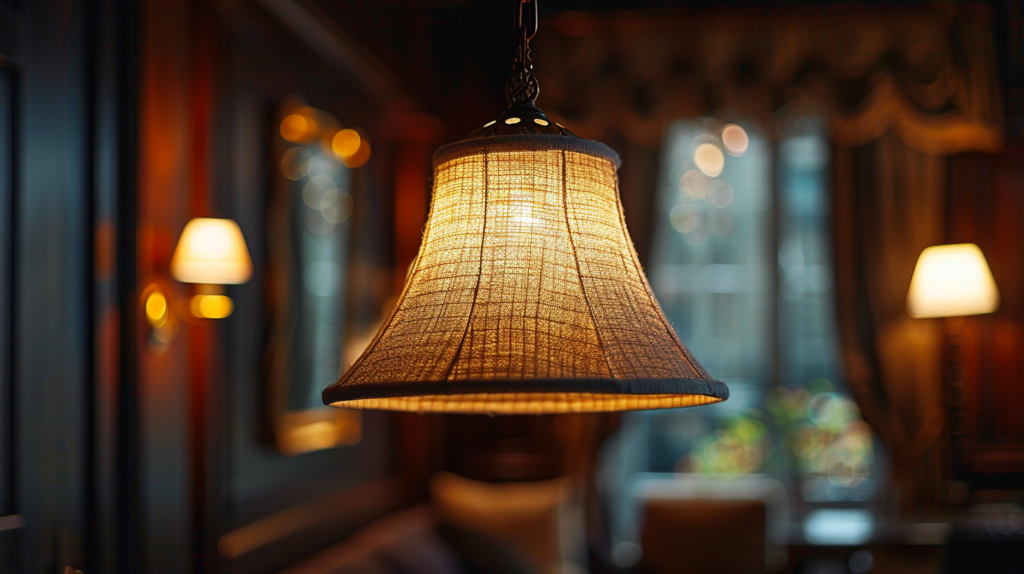
We know how important a lamp shade is. It filters light and adds beauty to any room. Lamp shades attach directly to the holder with special rings. This makes it easy for anyone to install or change them without trouble which makes them a popular choice with hotels.
There are so many types of lamp shades out there. Choosing the right shape and material matters a lot as it can affect the durability, price and light distribution.
Shade stands help control where light goes in a room. They can direct light upwards, downwards, or all around, depending on their design and where you place them in your home. We have tried using different stands with various shades at home and seen big changes in how rooms feel.
With the right combination, harsh light turns soft and inviting—a perfect way to create cozy corners for reading or relaxing after a long day.
Decorative Elements of Light Fixtures
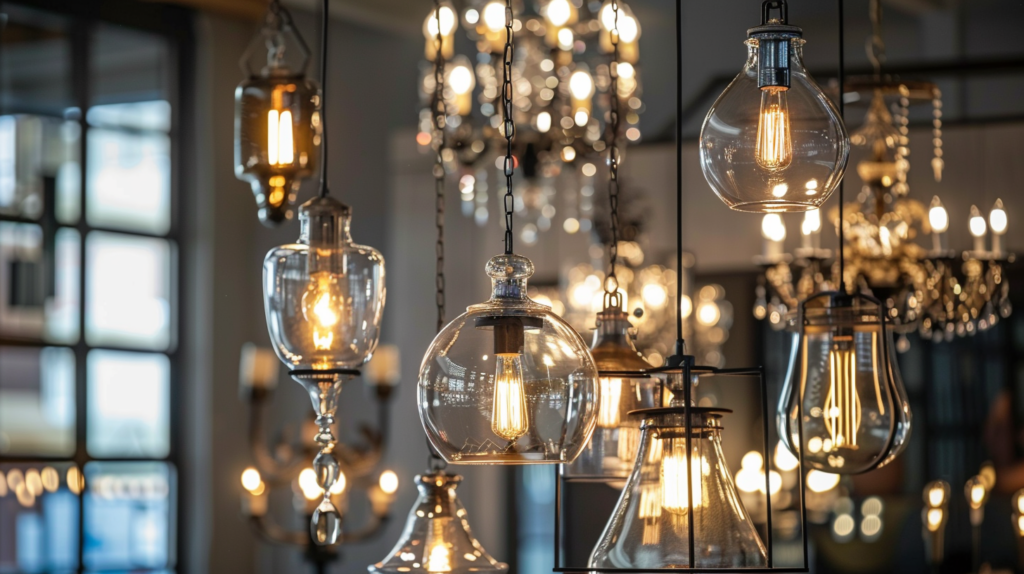
Decorative parts make light fixtures not just useful but also beautiful. They include the cover at the top, links or poles for hanging, and decorative edges to complete the look.
Canopy
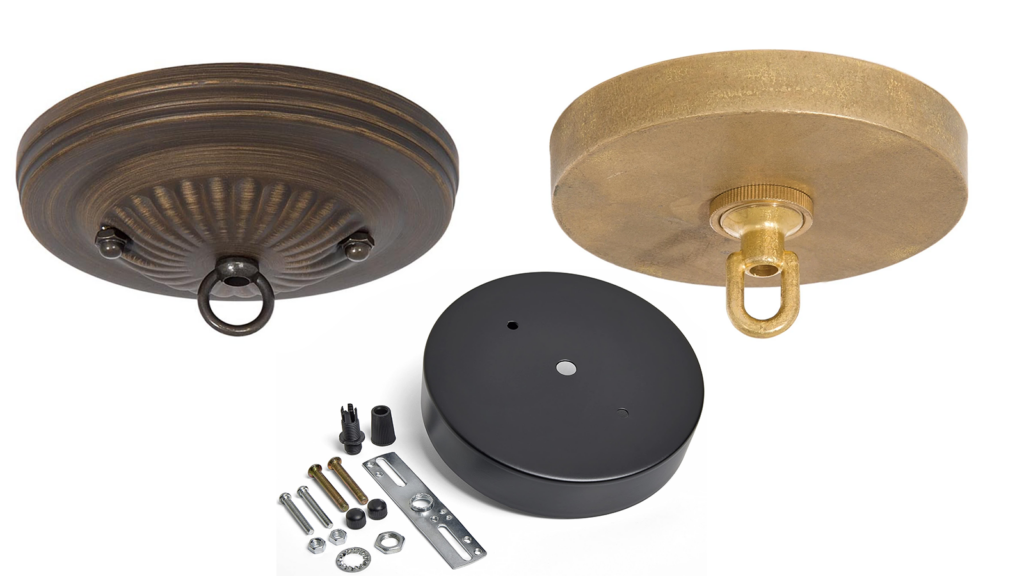
A canopy on a light fixture plays a big role. It hides all the electrical wiring and hardware up in our ceiling and plays an important role in safety. This makes everything look neat and tidy.
The ceiling canopy, especially on a chandelier, works like magic to cover up parts we don’t want to see.
Canopies aren’t just for indoors; they bring style to outdoor dining too.
They not only secure the light fixture firmly but also add beauty with their various designs.
Chain or Rod

Chandeliers often hang from the ceiling by chains or rods. These pieces are key in deciding both the style and function of a light fixture. A rod gives a clean, straight line look while a chain provides flexibility in height adjustment. With modern fixtures, an adjustable suspension cable is often used.
We have installed many of these and found that chains allow for easier adjustments if you change your dining table or rearrange your space.
Pendant lights use cords, chains, or metal rods too. They’re great for spaces where you need light directly over an area, like over kitchen islands or tables. From our experience, rods work well when you know exactly how low the light should hang.
But with chains, there’s room to experiment until it feels just right.
Trim or Flange

We all know how important it is to get the right look and feel in our homes, especially with lighting. Trims or flanges play a big part in this. They work by hiding the edges of recessed fixtures, shaping the light to point downward.
This makes a room not only brighter but also more inviting. We’ve seen many different types, sizes, finishes, and materials of trims and flanges ourselves. It’s all about what you prefer.
For those looking for something less noticeable, flangeless trims blend in with your ceiling or wall surface perfectly. If you want something that stands out more, go for flanged trims.
They make a statement and can add to your decor style significantly. We always consider these options while designing spaces because they can really tie a room together aesthetically or give it that extra touch it needs.
Exploring Specialty Parts
We also look at unique parts in light fixtures that aren’t found in every fixture. These include ballasts for fluorescent fixtures, clear covers, and reflectors.
Ballast & LED Drivers
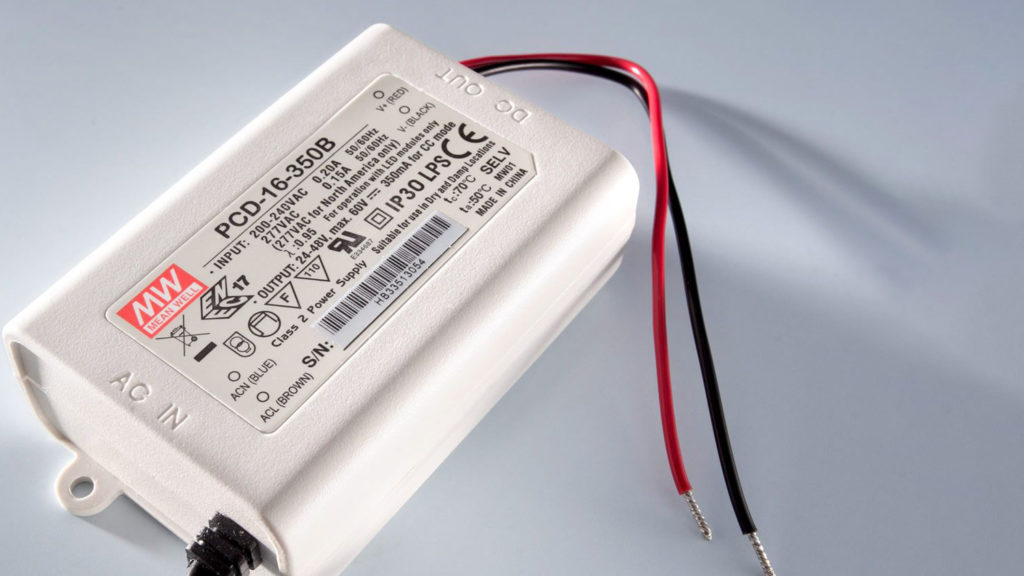
Ballasts keep lamps from drawing too much current and burning out. They are crucial for fluorescent, HID, and some LED tube lights. These components make sure the lights get just the right voltage to start up.
We can see ballasts at work in offices and schools where they use a lot of overhead lighting.
LED drivers perform a similar job but for LEDs. They give power at the correct voltage in a form that LEDs can use. This ensures our LED lights function well and last longer. We choose LED drivers based on the type of LEDs we’re using, their forward voltage, and how many we need to power.
It’s like picking the right size batteries for a remote control; you need to match them correctly for everything to work smoothly.
In our projects, we’ve used both ballasts and LED drivers to meet specific lighting needs outdoors or indoors. Whether setting up energy-efficient lightbulbs in a home or designing functional lighting for an office space, these components play key roles in making sure our installations are safe, efficient, and effective.
Lens
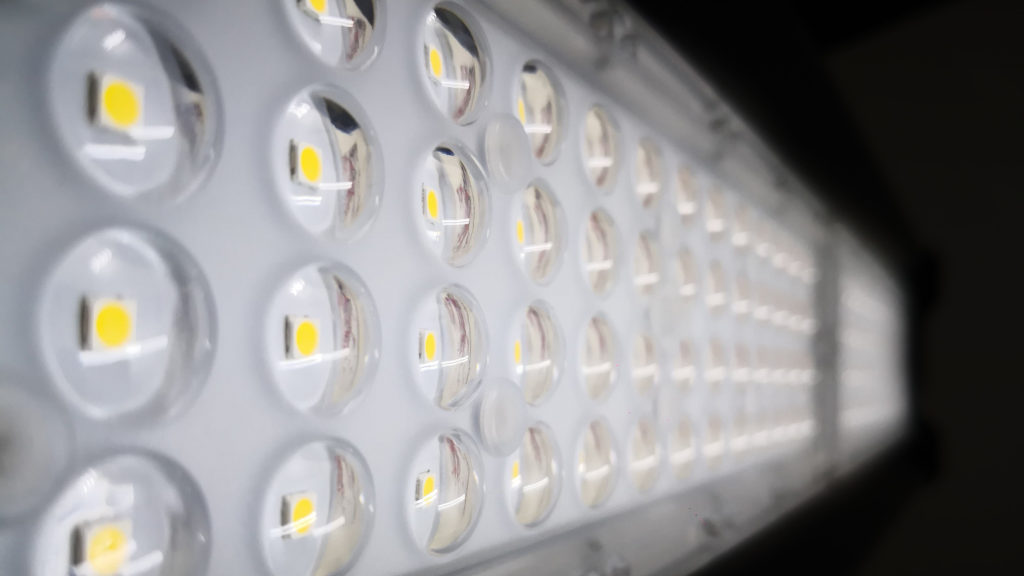
Lenses are crucial in lighting, especially for LED fixtures. They help focus and spread light exactly where we need it. This means that lenses can make the light soft or sharp by changing its direction.
We use them to reduce glare and make sure the light covers a big area without wasting energy. It’s interesting how something so small can have such a big impact on lighting design.
LED fixtures often come with secondary optics like lenses and reflectors to boost the intensity of light. These parts work together to diffuse harshness, making spaces feel more comfortable.
For any lighting project, choosing the right lens can mean hitting just the perfect balance between brightness and comfort. Whether it’s for reading in bed or highlighting art, lenses play a key role in our everyday lives by shaping how we see things around us.
Reflectors
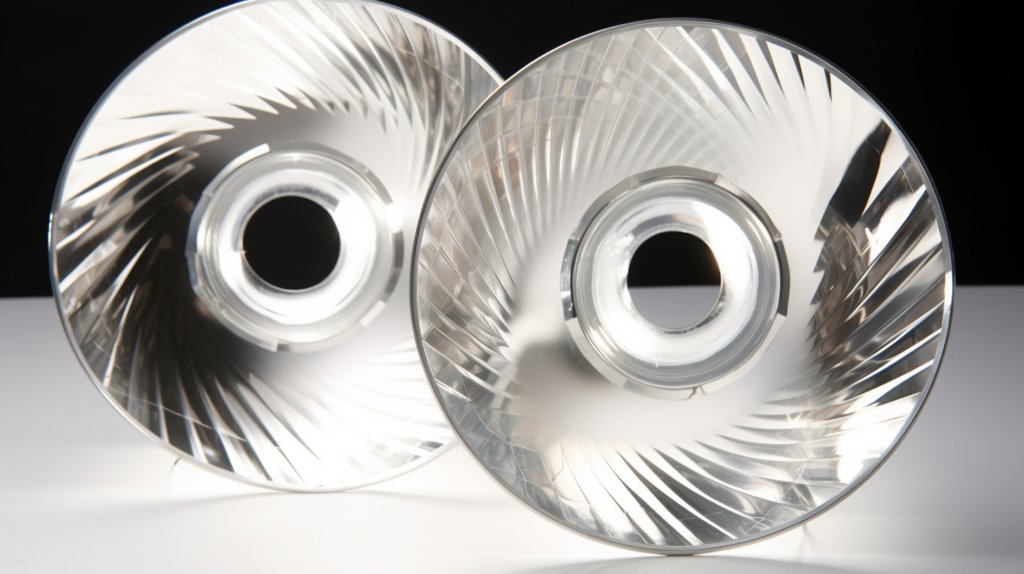
We use reflectors to direct light where we need it. These parts play a big role in both ceiling spotlights and photography lighting. For ceiling spotlights, they focus the light down into specific areas.
This makes sure light goes exactly where we want it, like over our dining table or on artwork. Reflectors can be made of various materials, each affecting the light in its own way.
In our experience with photography lighting, reflectors help create perfect pictures. They change how colors look and how shadows fall, giving photos a natural or dramatic feel. We’ve seen how adding a white or silver reflector fills in dark spots and adds life to shots without needing more lights.
Working with these tools shows us just how much control we have over light’s direction and quality simply by adjusting the reflector’s position and material.
FAQs
What is a light socket and why is it important?
A light socket, also known as a lamp socket, provides power to the bulb. It’s essential because it connects the electrical circuit to the bulb, allowing it to light up.
How do switches work in lighting fixtures?
Switches control the flow of electricity in a circuit. When you flip a switch on, it completes the circuit and lets electricity flow to your light fixture, turning the lights on.
Can you explain what wattage means for bulbs?
Wattage indicates how much energy a bulb uses. Lower wattage bulbs consume less power and are often used in areas where soft lighting is preferred, while higher wattages are brighter and use more energy.
What types of lamps are there based on their brightness levels?
Lamps like compact fluorescent lamps (CFLs) and halogen lamps vary in brightness measured in lumens. CFLs provide long-lasting light with lower energy consumption compared to bright but less efficient halogen lamps.
Why do some fixtures have downrods?
Downrods extend from the ceiling to position a fixture at an optimal height for lighting a room evenly or highlighting specific areas such as dining tables or kitchen islands.
What role does a transformer play in low voltage lighting systems?
Transformers reduce line voltage to low voltage that is safe for certain types of lights like LED or halogen lamps used under cabinets or for outdoor landscaping without risking overheating or electrical hazards.
I have been the project manager for Modern.Place since early 2016, spending three of those years working overseas on the manufacturing & procurement side of the LED lighting industry. Constantly learning and passing on knowledge to others while excited for what the lighting industry will involve into next.

